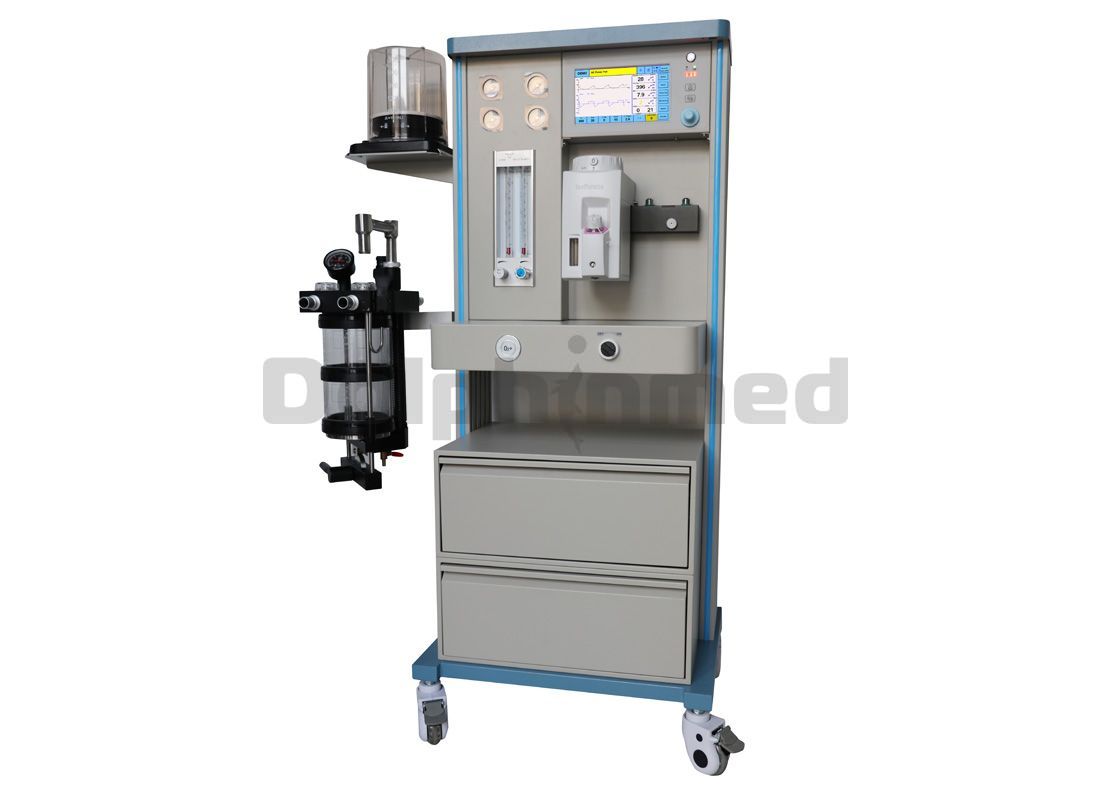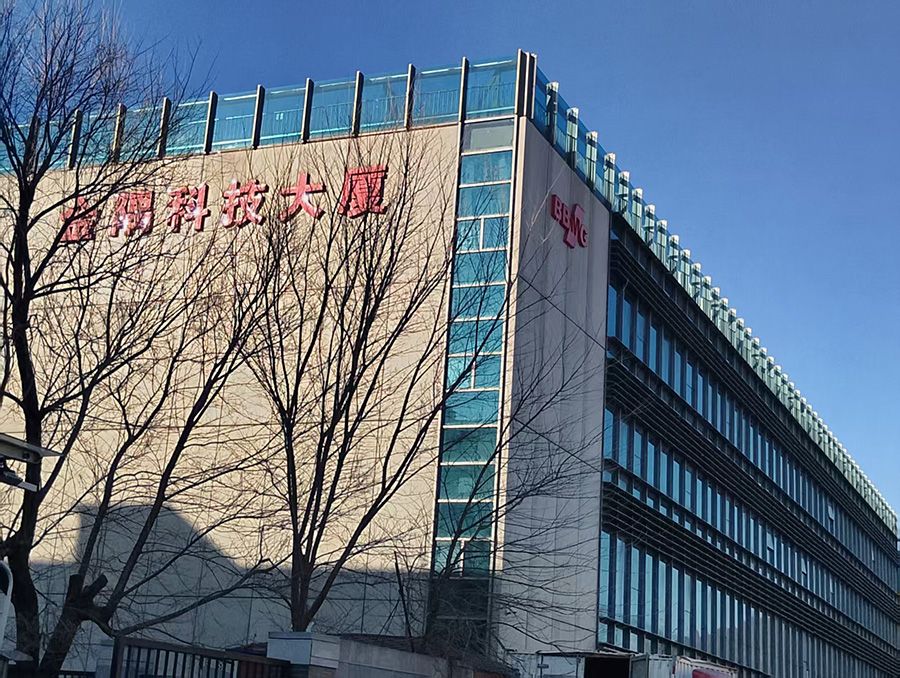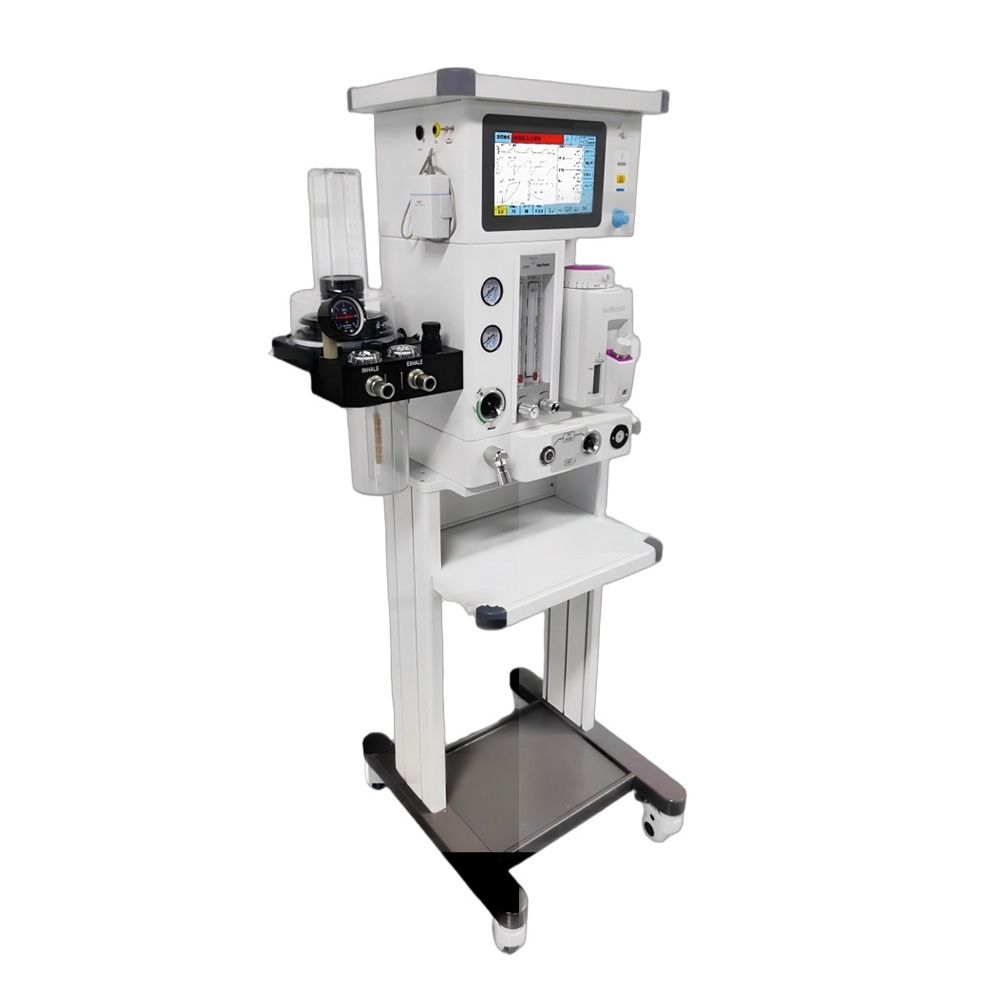3 Basic Concepts For Inhaled Anesthesia
As an Anesthesia Gas Machine Manufacturer, let us introduce you to the three basic concepts you need to know about inhaled anesthesia.
1. MAC value (minimum alveolar concentration): The minimum inhaled anesthetic alveolar concentration that enables 50% of patients to respond to standardized stimuli (eg, cuts). Morgan anesthesiology writes that in general, any inhaled anesthetic of 1.3 MAC can inhibit the action response of nociceptive stimuli in 95% of patients;
Therefore, in the absence of anesthesia depth and end-expiratory anesthetic gas concentration monitoring, our goal is to control the alveolar concentration of inhaled anesthetics (balanced state, anesthetic drug alveolar partial pressure = arterial partial pressure = central nervous system partial pressure) .
Assuming that we control very well, the alveolar concentration of the inhaled anesthetic remains at 1.3 MAC, then as time goes on, the partial pressure of the anesthetic gas in the alveoli is balanced with the partial pressure of blood in the blood, and the drug in the brain reaches a certain concentration, reaching us. The ideal anesthesia state required.

2. Blood/gas partition coefficient: The ratio of the two concentrations of anesthetic gas when it reaches equilibrium in the blood and alveoli. The smaller the blood/gas distribution coefficient, the faster the partial pressure of the anesthetic gas in the blood, and the faster the induction; likewise, the recovery during the recovery period is also fast.
3. Time constant: The time when 62.3% of the gas in the container is occupied by fresh gas is called a time constant. Usually three time constants are required, and 95% of the gas in the volume is occupied by the mixing of fresh gas, which can be regarded as the washing process of the inhaled anesthetic.






 English
English  French
French  Chinese
Chinese  Spanish
Spanish 














